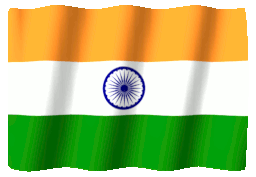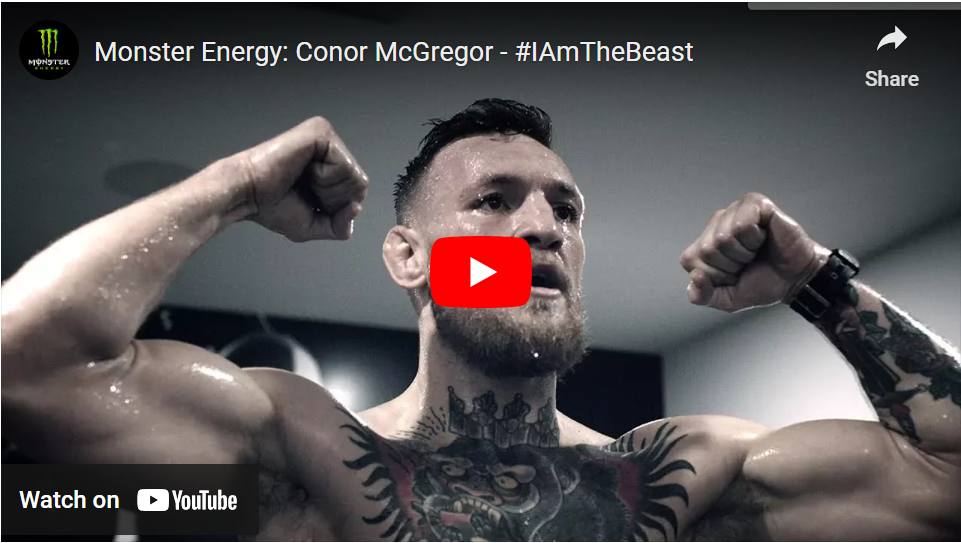Unveiling the Marketing Strategy of Monster Drink: The Meteoric Energy Drink Success Story
“Unleash the Beast.” If I asked whose slogan you thought that was, many would say Monster Energy Drink immediately. Why is this? What makes it stand out? This particular energy drink is unlike any other, but it has a following of people who love it. Have you ever wondered why? Well, the answer is a perfect brand strategy!
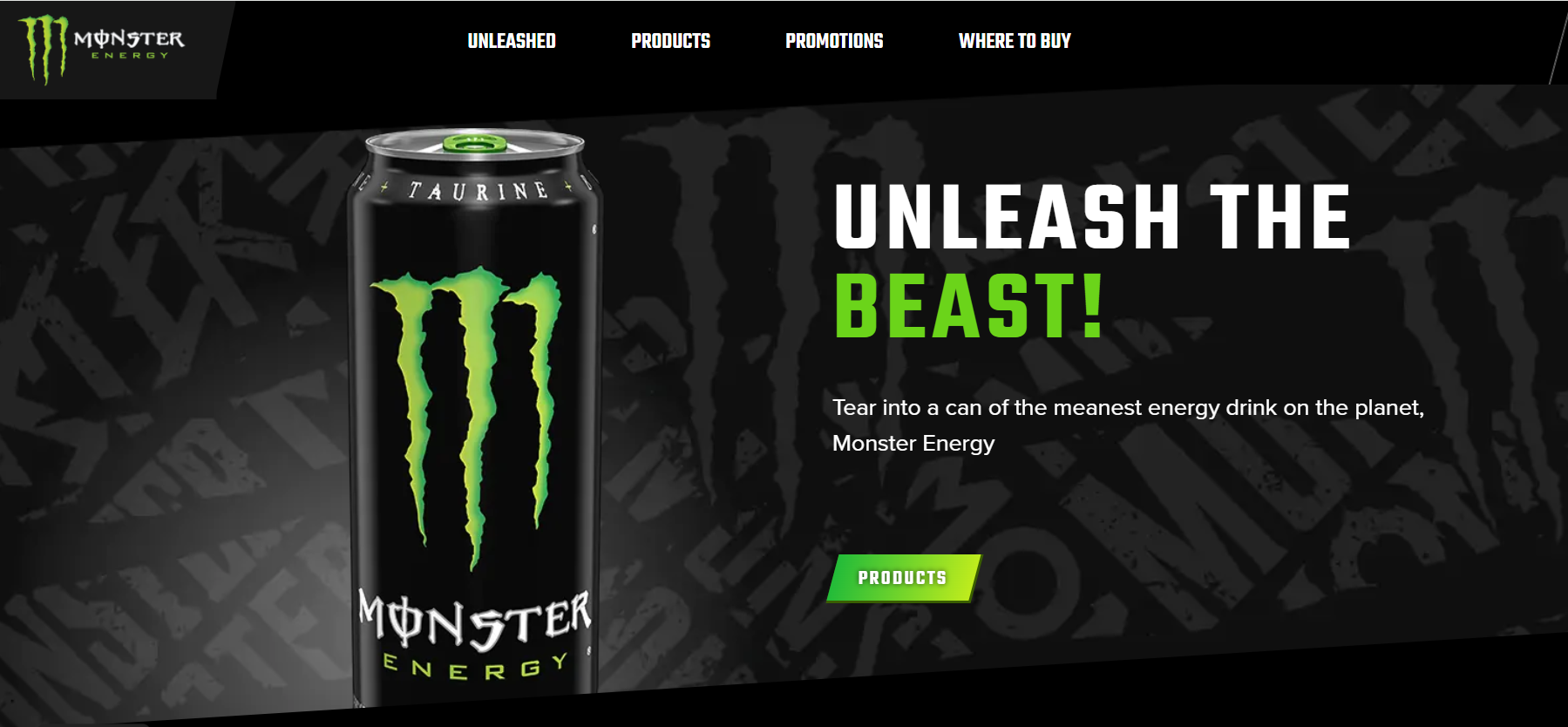
A brand strategy is a long-term plan to develop a successful brand and achieve specific goals. A well-defined and executed brand strategy should impact all aspects of a business. It should directly connect to consumer needs, emotions, and competitive environments and also involve how consumers perceive a brand.
Monster Drink- About the Brand:
Monster Energy is the leader in the premium energy drink and alternate beverages segment. In this monopolistic market with giants like Pepsi, Redbull, and other beverage brands, Monster Energy has grabed a 5.9% market share with s stellar USD 4.9 billion in revenues.
In the market, a big-budget marketing strategy is an inevitable requirement for thriving. While Monster Beverage Corporation has differentiated itself with its product benefit positioning, its efforts to build a strong brand identity has enabled it to compete in the market.
Here, we will explore Monster’s energy marketing strategy, which has created a global brand that can sell energy drinks worth USD 5.5 billion.
The Company:
Monster Energy is a leading energy drink and non-energy beverage brand founded by Hubert Hansen in 1935. Coca-Cola also has a stake of 19.3% in the Monster Energy Corporation, an intelligent business strategy that probably helps it compete with PepsiCo’s very own Gatorade. As of today, Rodney Sacks is the CEO and has released more than 30 products under the Monster Energy brand.
This company has effectively leveraged its partnership with Coca-Cola for its distribution and manufacturing expertise. Competing with its direct competitor, Red Bull, Monster has developed a space for itself through an aggressive marketing strategy that involves many tactics, such as product sampling, content marketing, social media marketing, etc.
The Energy Drink Market:
The energy drink market share in 2023 is well-established and filled with many international and domestic brands. These brands, which initially targeted only the athletic community, soon shifted their consumer base. With the proliferation of eCommerce and last-mile delivery services in developing and underdeveloped parts of the world, international brands find it very easy to sell their products in these countries.
Some of the biggest energy drink companies in the market are Monster Beverage Corp., Kraft Foods Inc., The Gatorade Company, Inc., PepsiCo Inc., Coca-Cola Co., Red Bull GmbH, Nestlé S.A., Carlsberg A/S, NEALKO ORAVAN, spol s.r.o, Kabisa B.V., Suntory Holdings Ltd., etc. Due to their prolonged existence in the market, these companies have stretched their consumer reach beyond international borders.
Marketing Strategy of Monster Drink:
Monster Energy doesn’t just sell drinks; it ignites a revolution. Their marketing strategies aren’t mere campaigns; they’re full-throttle assaults on your adrenaline glands, a symphony of extreme sports, edgy content, and an in-your-face attitude that roars, “Unleash the beast within!” Buckle up because we’re diving into the heart of the Monster marketing machine, where every sip is a dare, every can is a badge of honor, and every campaign is a call to push the boundaries of what’s expected.
Monster Energy’s marketing strategy is a crucial lesson in positioning strategy by being in a very niche segment and an aggressive demographic segmentation principles. The company is an energy drinks brand catering to those who love adventure, sports, and action.
Also Read: A Case Study on MakeMyTrip’s Rise to Riches- Redefining the OTA Landscape
4 P Analysis:
-
Product:
Monster Energy drink has developed 34 distinct products that help it capture a wide variety of target markets apart from its core consumers of energy drinks. Its target audience includes people aged 18-34 looking forward to building an active lifestyle that consists exercise, extreme sports, gaming, or watching sporting events. Monster Energy’s products are diversified and well-segmented, as below examples –
-
- Espresso Monster- a milk and coffee blend
- Monster Ultra – for sugar-free Monster drink
- Reign Total Body Fuel for fitness enthusiasts
- Monster MAXX, which tastes like fine champagne
- Monster Energy ultra drink can
Thus, Monster Beverage Corporation uses psychographic segmentation to decide its product lines. As a result, Monster Beverage offers coffee, juices, sodas, tea, energy drinks, flavored drinks, etc. Such diversity helps it accommodate consumers’ changing taste palettes.
Even though it offers an extensive variety of energy drinks, the company’s marketing strategy and brand voice are masculine, with a target audience of bikers, sports enthusiasts, musicians, etc. It also differentiates its products with exceptional tastes.
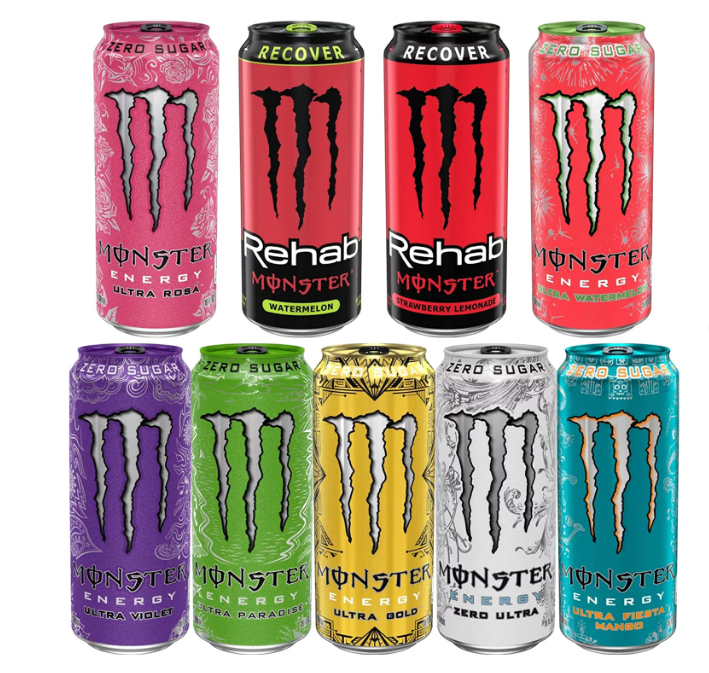
The wide range of Monster Energy Drinks
Price:
As part of its targeting strategies, Monster Energy is priced lower than other brands in the lower segment. Its competitor, Red Bull, is of premium price, while Monster uses a lesser pricing strategy which is a competitive advantage while providing similar products in the market.
Monster Energy drink also has more quantity in its can, offering 16 oz compared to 8 oz of Red Bull at the same price. Such a pricing strategy suits 18-35-year-old potential consumers who may choose the Monster brand to save the costs.
Promotion:
A core part of its marketing strategies is about trait positioning to promote its products’ benefits to a particular target audience. This is evident in its engaging content on social media it posts that suits certain habits of its customer base.
-
Social Media:
Monster Energy has created a social media audience, with its Instagram having over 8.2 million followers and 3+ million subscribers on YouTube. A quick look at its posts reveals its efforts to build emotional connections through imagery of sports, adventure, danger, action, and chaos.
In addition, Monster Beverage Corporation actively invests in traditional marketing techniques, such as sponsoring sporting events and music festivals. These events and games involve product sampling, which allows people to taste the company’s products.
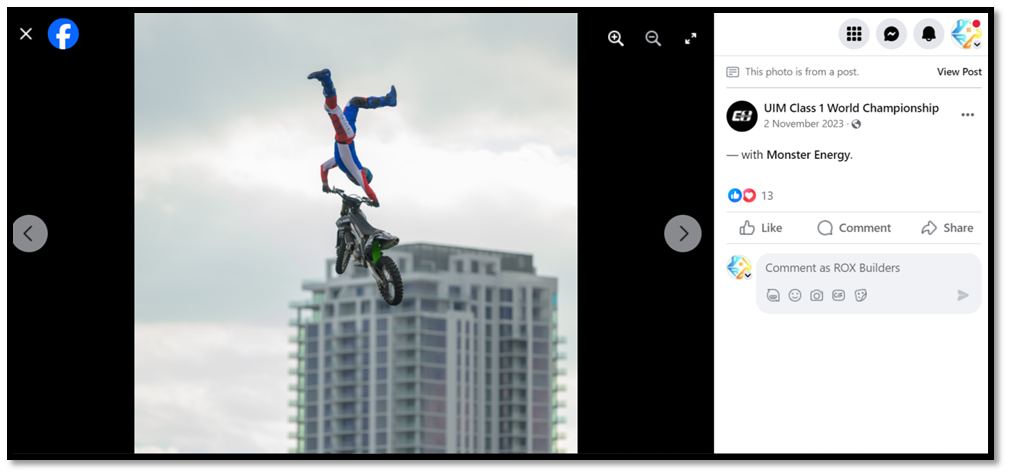
An active and highly consistent social media postings
SEO strategies and content marketing are also critical to its overall digital marketing. It continuously creates vrey engaging and informative content for its YouTube and TikTok. It strikes conversations on the rest of the social media platforms around diverse topics like cars, motor bikes, films, interviews with experts, etc.
Many professional as well as amateur athletes get featured across its diverse influencer marketing campaigns and social media profiles to ride onto their popularity.
Also Read : What Is the Marketing Strategy of Amul, India’s Most Loved Brand? – A Case Study
Standing Out with The Packaging:
Red Bull and Monster have similar brand messages and target audiences. However, Monster Energy tends to use vibrant colors and designs in its overall branding to differentiate. The darker colors like Black, Purple, and Red and the brighter colors like Yellow, white, etc., together create an attractive design that’s easy to spot. The logo is also hard to miss and unique logo design which made it viral.
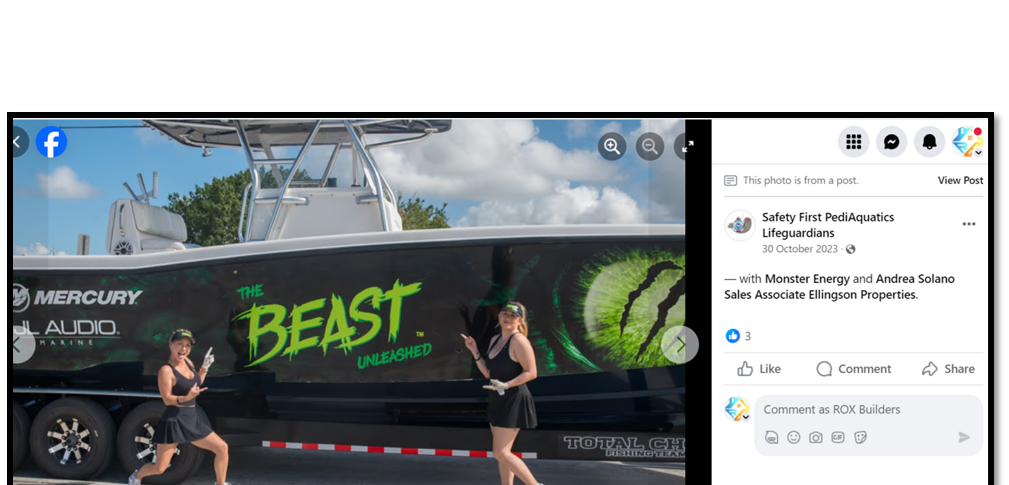
Signature dark colours that reflect the brand’s emphasis on ‘unbound energy’
These colors are also maintained across its diverse marketing mix including social media marketing and the website design that uses a dark-mode color scheme.
Placement:
Monster Energy, the company’s flagship product, is positioned as a high-energy drink for a young, active demographic. The brand image is built around extreme sports, music, and gaming, resonating with its target audience. This strong brand positioning helped Monster to establish a loyal customer base and also differentiate itself in a competitive market.
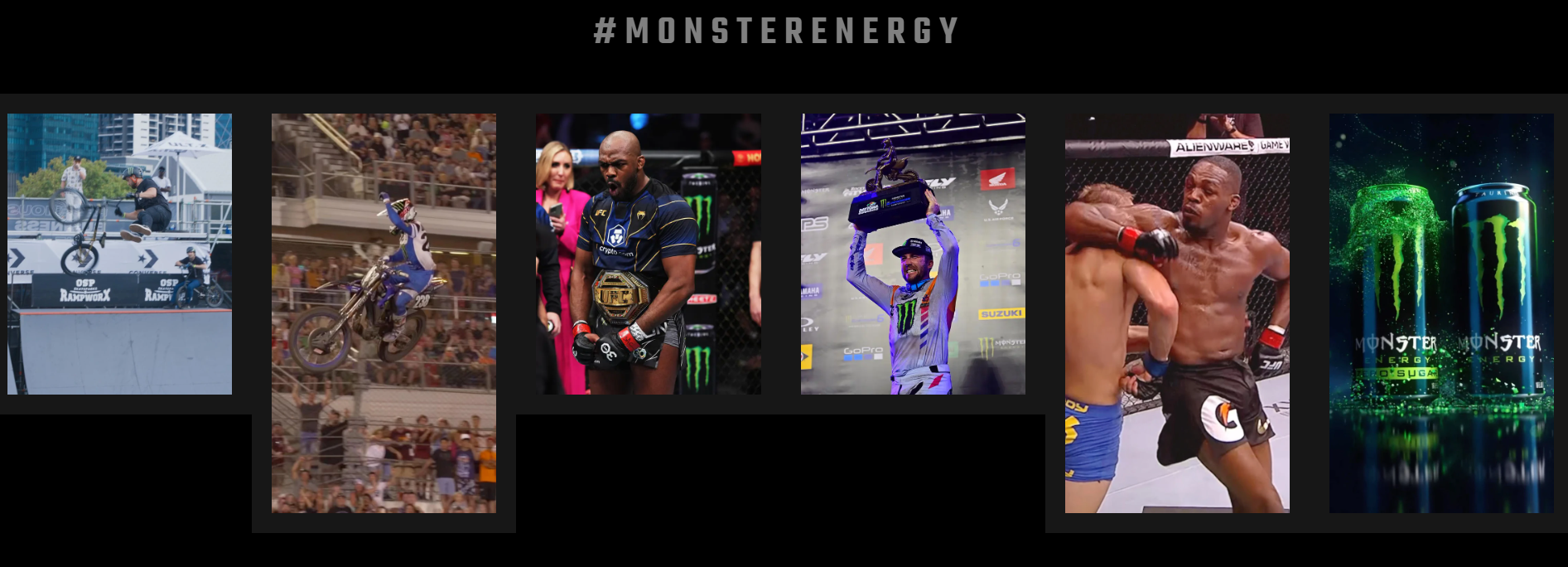
Coca-Cola helps Monster Drink with its distribution strategy by helping them penetrate the market easily in other countries compared to other brands in this space. With such a wide distribution support, Monster Energy can push its niche product ranges to specific nations, including the Middle East, South America, and Asia.
The company also outsources product manufacturing to third-party vendors. It uses Coca-Cola resources for bottling and packaging.
Strategic Partnerships:
The partnership with The Coca-Cola Company, where Coca-Cola bought a 16.7% stake in Monster in 2015, is a critical strategic move. This partnership likely provided Monster access to Coca-Cola’s extensive global distribution network, enhancing its market reach and operational efficiencies.
Each strategy has played a pivotal role in Monster Beverage Corporation’s growth. From diversifying its product line to global market expansion, strategic partnerships, effective brand positioning, and aggressive marketing campaigns, the company has effectively leveraged these strategies to become a dominant energy drink market and achieve outstanding financial performance.
Also Read: Is SpiceJet in the Eye of a Storm?: A Case Study
How Does Monster Reward Its Customers?
The customer community is fairly compensated for its efforts in growing the brand, with Monster providing a number of reward schemes, such as giveaways of Monster and motorsports merchandise, promotions, and rewards for collecting the tabs of Monster cans.
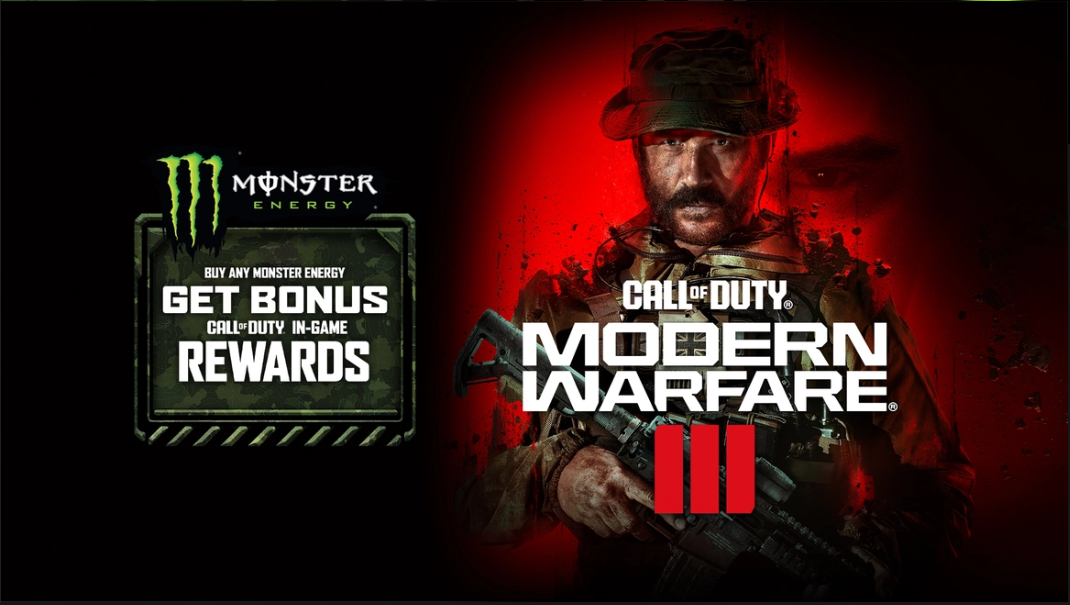
The lucrative promotional rewards
More broadly, the company attempts to give back to the communities that cultivate the brand’s growth through philanthropic efforts, including support for retired athletes and military veterans.
The Power of Sponsorship in Monster Energy’s Marketing:
Sponsorship is pivotal in Monster Energy’s marketing strategy, permitting the brand to reach a larger audience and create meaningful connections with consumers.
Monster Energy understands the importance of strategic partnerships and has successfully utilized sponsorship in various areas to maximize its marketing efforts.
-
Sponsorship of Music Festivals and Events:
The music industry is one key area where Monster Energy has excelled in sponsorship. By sponsoring music festivals and events, the brand gains visibility. It aligns itself with the energy and excitement associated with live performances.
Imagine yourself at a massive music festival surrounded by thousands of passionate fans eager to experience the thrill of their favorite artists performing live. As you soak in the electrifying atmosphere, you notice Monster Energy’s logo prominently displayed on banners, stages, and even on the cans of energy drinks being passed around.
This type of sponsorship allows Monster Energy to build brand awareness among music enthusiasts, further solidifying its position as a lifestyle brand. It becomes more than just an energy drink; it symbolizes the exhilaration and passion that music brings to people’s lives.
Sponsorship of ‘bad boys’ such as Lewis Hamilton, Conor McGregor, and several bands earned Monster a cult following among its fans, thus creating an ecosystem in these circles that developed the brand into a cultural force.
-
Partnership with High-Profile Athletes:
Monster Energy’s partnership with high-profile athletes has also been a crucial component of its marketing strategy. By associating itself with renowned athletes in various sports disciplines, the brand showcases its commitment and support for athleticism, reinforcing its brand identity.
Monster Energy Beast mantra, and McGregor in its Campaign
Link: https://youtu.be/8QskJmmAQME
Imagine watching a thrilling sports event, whether a motocross race, a skateboarding competition, or a snowboarding championship. The adrenaline is palpable as these athletes push the boundaries, defying gravity and captivating the audience with incredible skills.
Monster Energy’s Guerrilla Marketing Techniques:
Guerrilla marketing has been a cornerstone of Monster Energy’s innovative marketing strategy. It allows the brand to disrupt traditional marketing channels and create buzz among consumers.
-
Street Marketing and its Effectiveness:
Monster Energy’s street marketing campaigns have fantastically captured consumers’ attention. From eye-catching murals to branded vehicles and sampling stations, the brand has utilized unconventional locations and methods to create brand awareness and generate excitement around its products.
-
Innovative Product Sampling Strategies:
Product sampling has been critical to Monster Energy’s guerrilla marketing tactics. By strategically placing sampling stations at high-traffic locations such as sports events and music festivals, the brand allows consumers to experience their products firsthand. This approach drives immediate sales and creates a lasting impression that can translate into long-term brand loyalty.
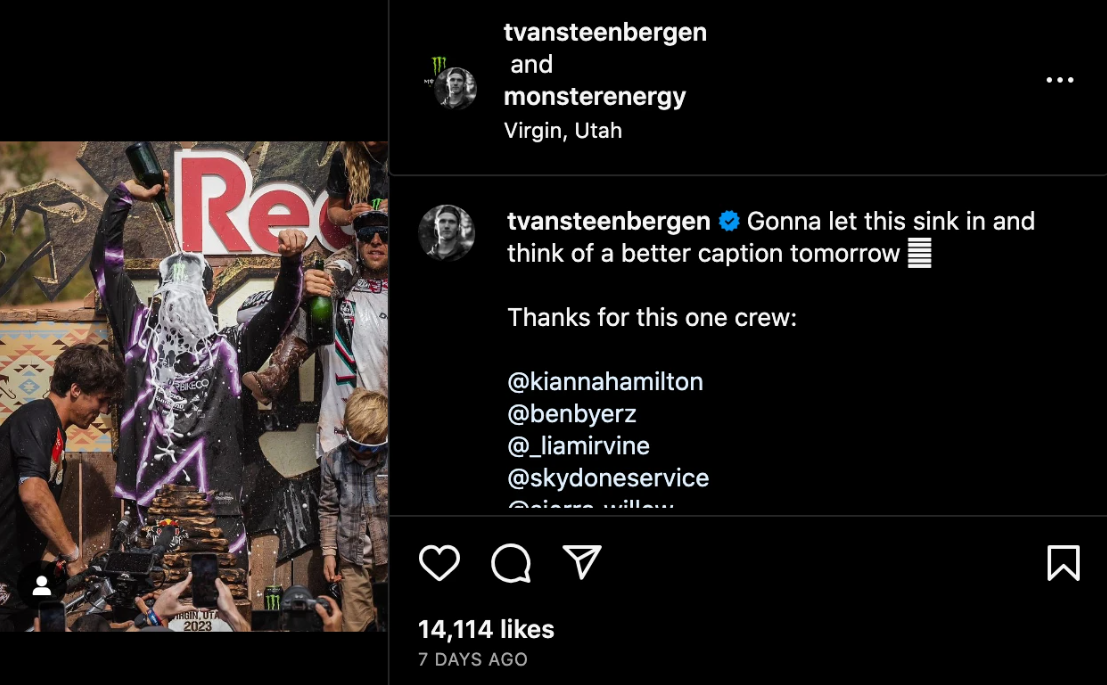
Also Read: Tropicana Re-Branding Failure: A Detailed Case Study
Future of Monster Energy’s Marketing Strategy:
As consumer trends and preferences evolve, Monster Energy remains committed to adapting its marketing strategy to stay relevant and maintain its competitive edge.
-
Adapting to Changing Consumer Trends:
Monster Energy recognizes the importance of staying abreast of changing consumer trends. Whether the rise of wellness and healthier lifestyles or the increased emphasis on sustainability, the brand constantly explores new avenues to align with evolving consumer preferences.
-
Sustainability and Social Responsibility in Marketing:
As social and environmental issues gain prominence, Monster Energy aims to incorporate sustainability and social responsibility into its marketing strategy. The brand endeavors to build a positive reputation and connect with consumers who prioritize these values by championing initiatives that promote responsible consumption and environmental stewardship.
In Conclusion:
The key to Monster Energy’s growth has been instilling a sense of belonging—and even ownership—in its customers, which inspires loyalty and generates the brand’s self-sustainable growth. Monster Energy has proved that creating a niche community with its own values and way of life and allowing the community to advocate on its behalf is a more effective marketing strategy than any advertising campaign could ever be.
Monster Energy’s innovative marketing strategy has been instrumental in establishing the brand as a dominant force in the market. From leveraging extreme sports and high-profile sponsorships to harnessing the power of social media and adopting guerrilla marketing techniques, Monster Energy has consistently pushed the boundaries and stayed ahead of its competitors.
By transforming its customers into advocates, Monster has provided a model for other brands to follow, allowing them to transcend their products and become cultural forces in their own right.
As the brand continues to evolve, grow, adapt, and embrace changing consumer trends, it is poised to remain a leader in the beverage industry for years to come.
If you want more insights on developing a strategic digital success campaign for your brand, contact us at Shyam Future Tech today! Visit https://shyamfuture.com/now!


